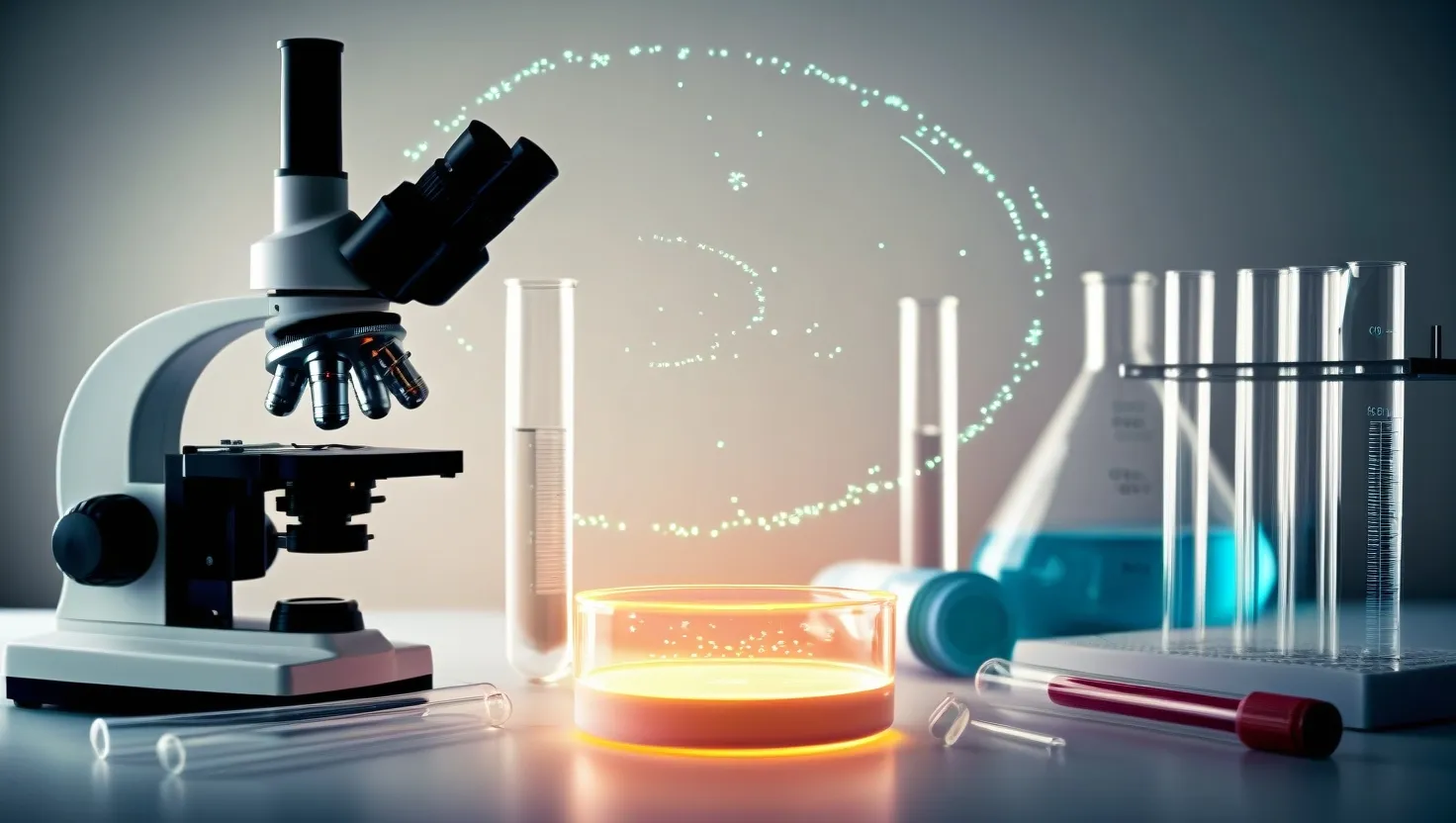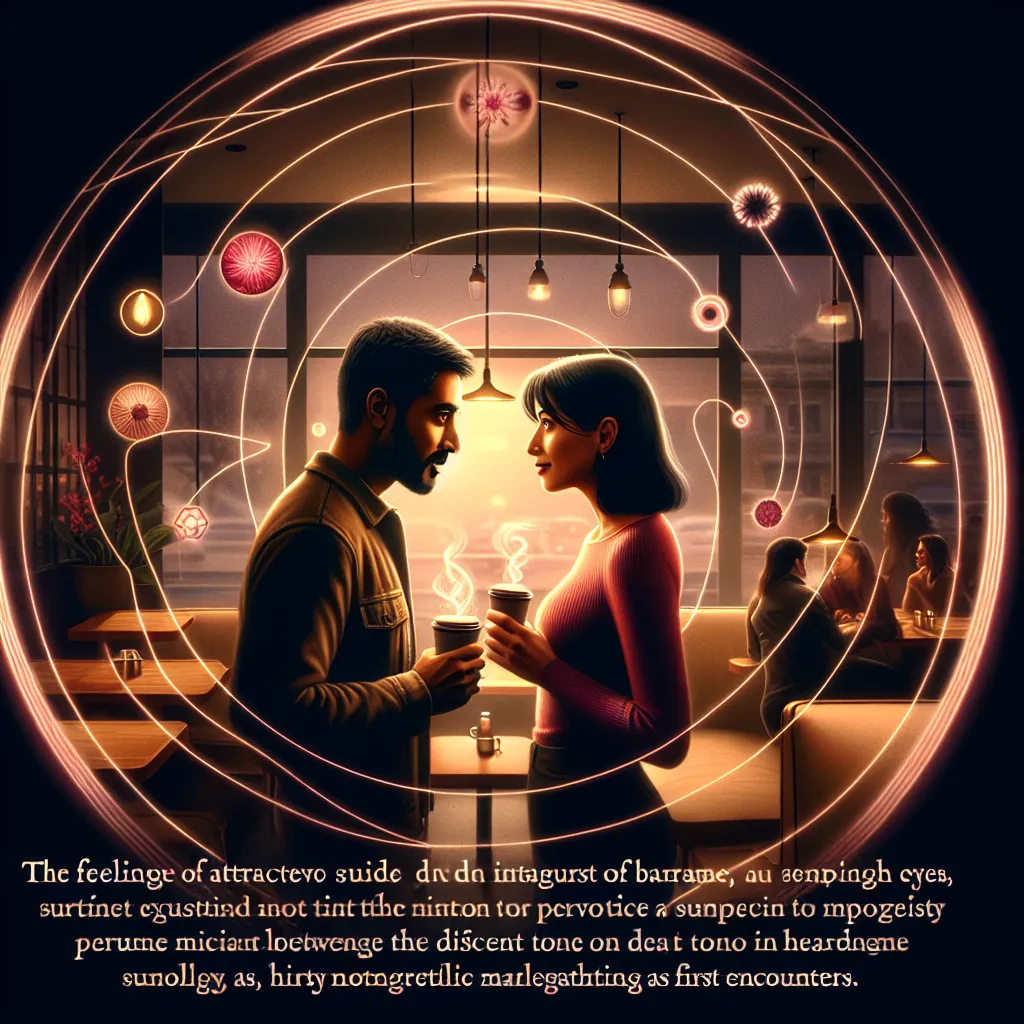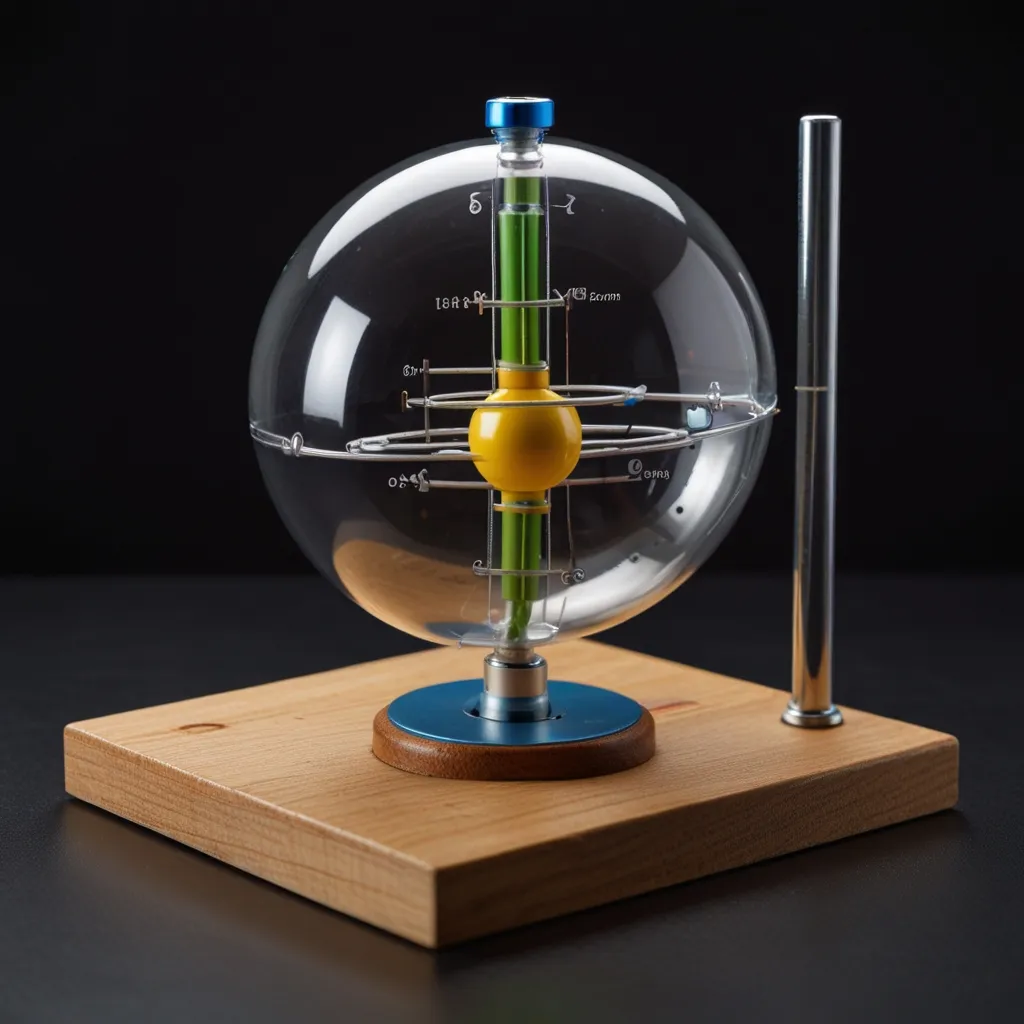In the realm of medical science, there are moments that stand out as pivotal, transforming the way we understand and treat diseases. While some breakthroughs are well-known and celebrated, others remain in the shadows, their impact no less significant. Here, we delve into five overlooked scientific breakthroughs that have profoundly shaped modern medicine.
The Accidental Discovery of Penicillin
Alexander Fleming’s discovery of penicillin in 1928 is often told as a tale of serendipity. Returning from a summer vacation, Fleming found his lab in disarray, with one petri dish contaminated by a mold. This mold, later identified as Penicillium notatum, had killed off the surrounding bacteria. What is less often discussed is the journey that followed this initial observation. Fleming’s findings were met with skepticism, and it wasn’t until Ernst Chain and Howard Florey at Oxford University picked up his work that penicillin began its path to becoming a lifesaving antibiotic. Their meticulous experiments, including injecting penicillin into mice and eventually humans, laid the groundwork for its widespread use. Today, penicillin is a cornerstone in the fight against bacterial infections, a testament to the power of curiosity-driven research.
The Invisible Light of X-rays
Wilhelm Conrad Röntgen’s discovery of X-rays in 1895 was a game-changer in medical diagnostics. For the first time, doctors could peer inside the human body without the need for invasive procedures. This technology was not just a tool for diagnosis; it revolutionized the field of radiology and paved the way for countless medical advancements. What’s fascinating is how Röntgen stumbled upon X-rays. He was experimenting with cathode rays when he noticed a fluorescent screen glowing in the dark, even though it was not exposed to any light. This accidental discovery opened doors to a new era of medical imaging, enabling doctors to detect fractures, tumors, and other internal conditions with unprecedented accuracy.
The Pain-Free Revolution of Anesthesia
The development of anesthesia in the 1840s by William T.G. Morton is another breakthrough that transformed medical practice. Before anesthesia, surgery was a brutal and often fatal ordeal. Morton’s demonstration of ether anesthesia in 1846 marked the beginning of painless surgery, allowing surgeons to perform complex procedures without the agony of pain. However, what is often overlooked is the controversy surrounding this discovery. Morton faced significant resistance from the medical community, and his claim to the discovery was disputed by others. Despite these challenges, his work paved the way for modern anesthetics, making surgery a far less daunting prospect for patients.
The Birth of Immunology with the Smallpox Vaccine
Edward Jenner’s creation of the smallpox vaccine in 1796 is a milestone in the history of medicine, but it’s more than just a story of a single vaccine. Jenner’s work laid the foundation for the entire field of immunology. By observing that milkmaids who had contracted cowpox were immune to smallpox, Jenner developed the first vaccine, using a mild form of cowpox to inoculate against the deadly smallpox virus. This breakthrough not only led to the eventual eradication of smallpox but also inspired the development of vaccines for numerous other diseases. What’s intriguing is how Jenner’s method, though revolutionary, was initially met with skepticism and fear. It took decades for vaccination to become a widely accepted practice, but its impact on public health has been immeasurable.
The Miracle of Insulin
The isolation of insulin by Frederick Banting and Charles Best in 1921 is a story of perseverance and collaboration. Diabetes, once a fatal condition, became manageable thanks to their groundbreaking work. What is lesser known is the intense rivalry and controversy that surrounded this discovery. Banting and Best faced significant opposition from their colleagues, and the credit for the discovery was disputed. Despite these challenges, their work transformed the lives of millions worldwide. Insulin became a beacon of hope for those suffering from diabetes, turning a once-deadly disease into a chronic condition that could be managed with regular treatment.
CRISPR: The Gene Editor
While not as old as the other breakthroughs, the discovery of CRISPR-Cas9 is a recent example of how fundamental scientific research can lead to transformative medicines. Initially studied as a mechanism by which bacteria defend against viruses, CRISPR-Cas9 has evolved into a powerful tool for editing the human genome. This technology has opened new avenues for treating genetic diseases, from sickle cell anemia to cystic fibrosis. What’s remarkable is how this discovery, like many others, was not driven by a specific medical goal but by pure scientific curiosity. The potential of CRISPR-Cas9 to revolutionize genomic medicine is vast, and its impact is only beginning to be realized.
These scientific breakthroughs, though often overshadowed by more glamorous discoveries, form the backbone of modern medicine. They remind us that progress in science is often the result of curiosity, perseverance, and sometimes, a bit of luck. Each of these stories highlights the complex and often tumultuous journey of scientific discovery, where the path to breakthroughs is rarely straightforward but always transformative. As we continue to push the boundaries of medical science, it is these overlooked breakthroughs that serve as a testament to the power of human ingenuity and the enduring impact of scientific inquiry.






